The US is significantly oversupplied with retail space. We have as much as 10-times the square feet per person as Germany. This has contributed to as many as 10,000 store closures this year. Smaller community malls have been hurt the most. Those that remain open typically operate at a vacancy rate of 10% or more. Retail growth in these communities is generally limited to discount grocers and dollar stores.
The following summarizes these and other trends that were recently identified by an ad hoc workgroup of Extension community development educators.
Less appeal of the indoor mall
In many places, the indoor shopping mall has lost its appeal compared to other newer concepts that often have an open-air, community atmosphere. The outdoor open-air mall allows customers to park near the door of the store they want to shop, allowing time to also experience other businesses in the center.
Some malls are seeking service uses
Some of the smaller struggling malls are being converted to community services like Boys and Girls Clubs, job centers, and other public services. Other services anticipated by retail experts to occupy the shopping mall include health and wellness centers, fitness centers, medical and dental services, and retail stores geared to these activities (e.g. health food stores). In addition, these community-based uses include professional and personal services ranging from hair salons to dentists, often reflecting the kinds of businesses currently housed downtown.
A new approach to shopping
Consumer behavior has changed as well. Amazon’s rapid growth has challenged the traditional model of having to go to the store to make a purchase. While there have been alternatives like catalog shopping, retail stores have always played a large role in most transactions. Today, the decision to go to the store is the decision to go shopping. The actual buying is often done online in a faster, more informative, and convenient setting. Many successful small downtown retailers utilize both online and brick-and-mortar sales, with 10-30 percent or more of their revenues coming from online sales.
Use of technology in creating in-store experiences
Some customers use shopping as an opportunity to look for products they later buy online. As a result, brick-and-mortar retailers need to encourage customers to come in and stay by providing them with a unique in-store experience that accentuates the experience of shopping itself over the product.
New retailers who invest in-store design and in-store experiences, particularly layout and lighting, are thriving while existing stores are closing, often because they did not invest in the in-store experience.
Improving customer experience without technology
Many small retailers are recognizing the importance of learning opportunities for their customers. They may offer in-store sampling, demonstrations, and other personalized experiences. Meeting the owner and others behind the counter help strengthen the tie with the customer.
Blending online retail and physical stores
In addition, the Internet has allowed busy consumers to save time by pre-purchasing online. Retailers like Walmart and Target offer car pickup services for e-purchases made before coming to the store. Small retailers must be creative to compete.
Using social media to extend the market area
In one Wisconsin community, a clothing boutique developed a large online following through Facebook sales from out-of-state clients who support the cost of maintaining a storefront. The boutique’s top clients have never been to the storefront but are supporting local retail in another community.
Personalize the retail experience
With the increased use of technology, more retailers are reaching out to their returning customers with personalized promotions, products, sales, and events. Developing consumer relationships has become essential for many small businesses.
Pop-up shops
Pop-up shops are a trend that helps incubate new businesses while keeping a downtown district or shopping center fresh with new things to see. The concept is diverse and can take many forms.
Increase in cross-promotion
Another trend is cross-promotion among retailers with businesses selling products for each other as a way of marketing the community as a whole. Large firms are also pairing up such as Walgreens and Federal Express, and Kohls and Amazon.
Niche development
Other downtowns are emphasizing niche development. Arts, entertainment, gifts, thrift stores, locally handcrafted items, and food-based retail are common niches. Food-based retail, microbreweries, and distilleries continue to be popular in communities of all sizes. Providing products that highlight local production can make the niche locally authentic.
Emerging trends in retail
Many advances in serving the customer are on the horizon. For example, Amazon stores that forgo checkout counters are being tested. New delivery methods are being explored. Advances in the use of technology to enhance the shopping experience in physical stores are being evaluated. Downtown stores in most communities may not have the corporate resources to invest in the use of technology, but they can cultivate local connections and reputation to personally engage with the local consumer.
*This meeting summary from September 2019 was written by Karina Ward, UW – Madison/Ozaukee County Extension and Bill Ryan, Community Economic Development Program, UW – Madison/Extension. Ad hoc workgroup also included: Jessica Spayde, UW – Madison /Crawford County Extension, Dave Ivan, Michigan State University/Extension, James Schneider, UW – Madison/Grant County Extension, Lynn Pitman, Center of Cooperatives, UW-Madison, Errin Welty, Wisconsin Main Street, WEDC, John Wolfrath and Kate Paape, students at UW – Madison, David Milder – Consultant, Contributed written material.

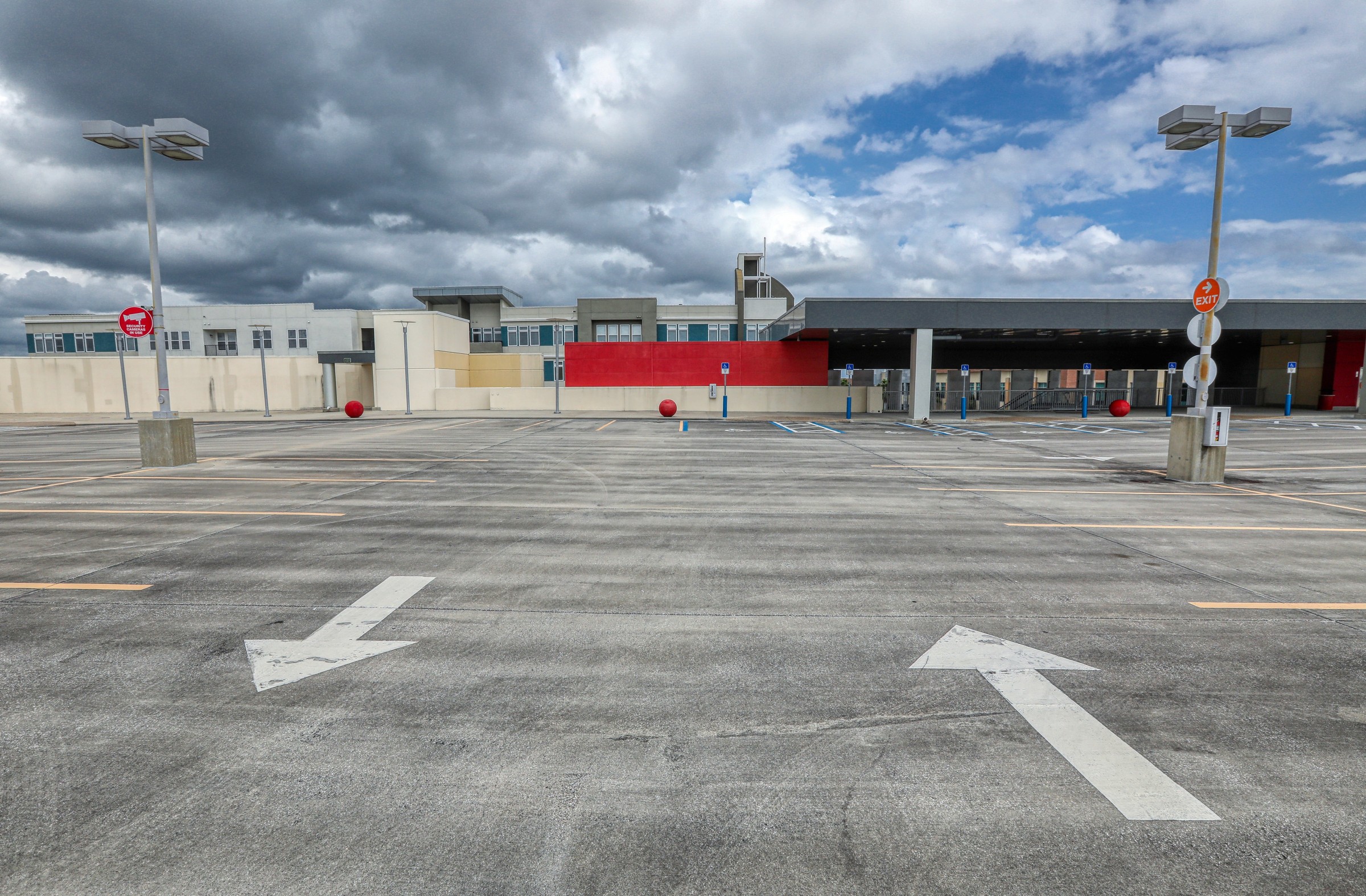





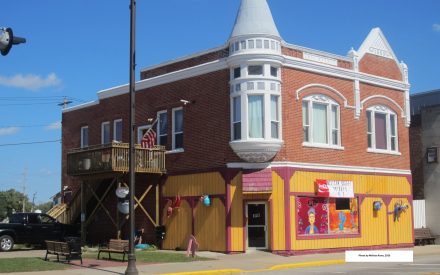

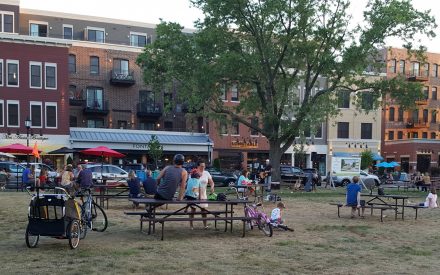


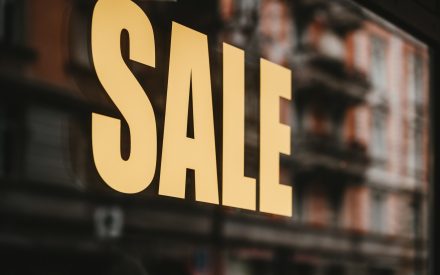

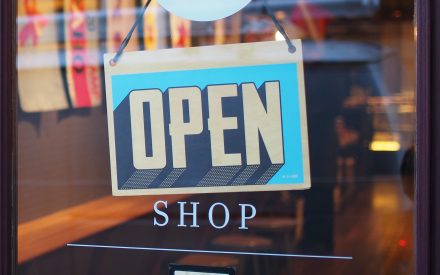
 Rural Pharmacies an Overlooked Piece of the Rural Health Care System
Rural Pharmacies an Overlooked Piece of the Rural Health Care System The Economics of Downtown Revitalization: Putting Some “Oomph” Behind the Numbers
The Economics of Downtown Revitalization: Putting Some “Oomph” Behind the Numbers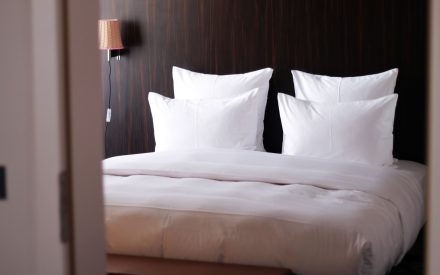 The Hotel Industry: Recovery and Future Development in Our Communities
The Hotel Industry: Recovery and Future Development in Our Communities Focus Group Analysis Tips
Focus Group Analysis Tips


